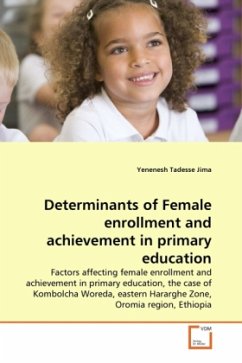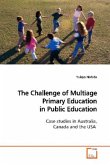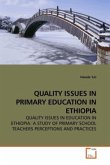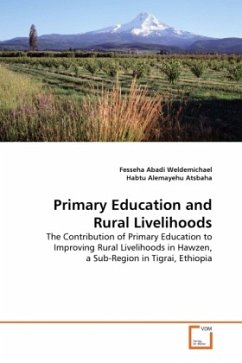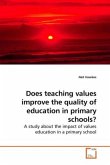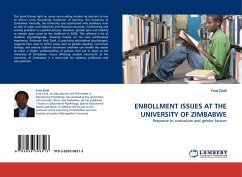Even though Ethiopia is amongst the poorest and educationally most disadvantaged countries in the world as a result of change in the government in 1991, a new education and training sector was declared in April 1994. Because of this, the number of primary schools has grown over the last five years and enrollment of students has increased. Although this seems a remarkable growth, female students in rural Ethiopia invariably encounter different problems in attending school. Therefore, the study was focused on the issue related to the problems of female in primary education and investigates the factors that affect their education in the study area. Hence, the results of this study provide clearly the real situation of females' education and the problem that hinder them from access to education. As a result, this study contribute significantly for further study in the future as well as providing recommendation about expanding and retaining female students in primary school for policymakers and planners that contribute for designing relevant strategies for narrowing the gender gap in education.
Bitte wählen Sie Ihr Anliegen aus.
Rechnungen
Retourenschein anfordern
Bestellstatus
Storno

